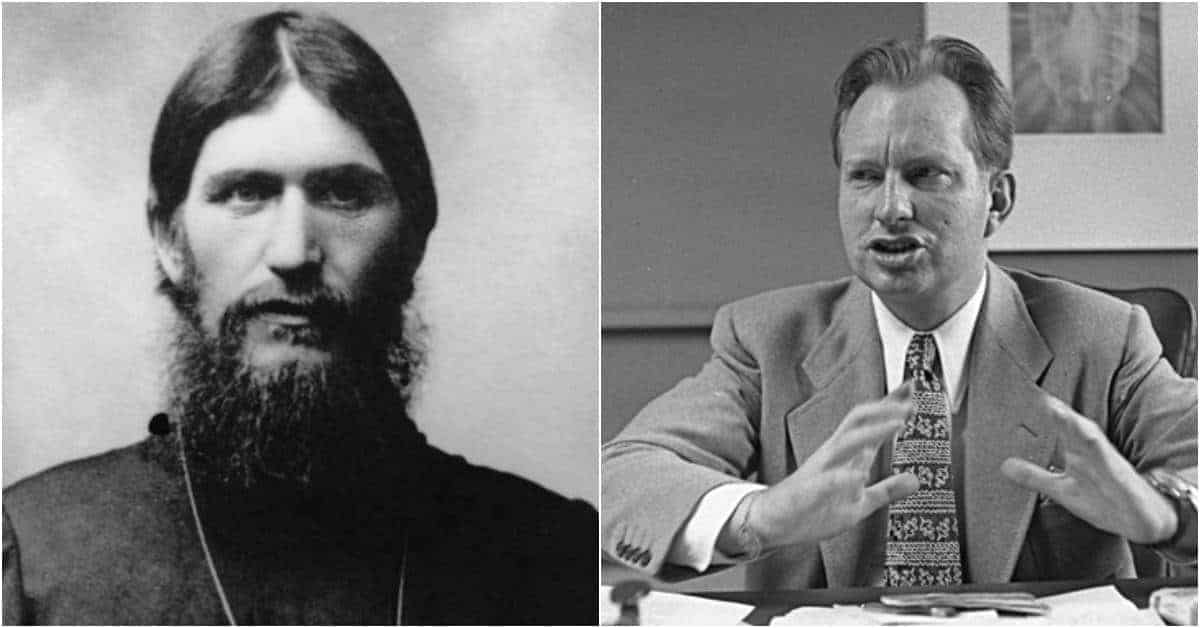The fictional Baptist and later Methodist minister Elmer Gantry, who appears in three novels by Sinclair Lewis, was initially considered to be a character so far removed from reality that the first book in which he appeared, Elmer Gantry was banned in many cities.
The clergy was outraged at the depiction of a man of the cloth as an alcohol-loving skirt chaser, prone to narcissism, and motivated by the pursuit of the dollar rather than the spiritual well-being of his congregation. The city of Boston promised to prosecute anyone selling Sinclair Lewis’s novel for violating the law prohibiting “indecent and obscene books.” Elmer Gantry was the product of the fertile imagination of its author, produced as a satire. Today it could almost be considered a documentary.
Evangelists and the more modern televangelists have had their share of con men throughout history, using the precepts of religion and salvation to acquire vast wealth, luxurious surroundings, tax advantages, sexual favors, and political power. The fictional Gantry pales compared to the shenanigans of some real-life purveyors of Truth, who have used and abused their influence over their congregations. Some existed long before the advent of television and the fundraising campaigns which are readily conducted through its reach. Others have fallen from their dizzying heights only to return in less conspicuous form, refreshed but not reformed.

Here are eight famous or infamous men of the cloth who conned their way into power, wealth, and history.

Rasputin
Grigori Rasputin was an uneducated peasant from Siberia who spent his youth involved in minor scrapes with the law. In 1887 he married and eventually fathered seven children with his wife, four of whom died in childhood. A decade later Rasputin experienced a vision of the Virgin Mary, concurrent with his needing to leave his hometown to avoid prosecution as a horse thief. He resorted to a monastery for a short time, before leaving on a pilgrimage during which he acquired a group of followers, many of them of his extended family.
When he returned to his hometown he built a chapel and the number of his followers increased, despite reports of somewhat unusual rites performed as he led worship ceremonies. One of the rites consisted of female members of the congregation bathing Rasputin prior to any ceremonies. By 1905 Rasputin had a reputation as a charismatic and holy leader, with healing powers, despite persistent rumors of sexual activities with female members of his flock. His reputation led him to being held in favor by some of the Russian aristocracy and by 1906 was looked at so favorably by the Tsar that he was allowed to change his surname, an act requiring special dispensation at the time.
Rasputin quickly positioned himself as the primary source of healing for the Tsar’s son when the young Tsarevitch Alexei – a hemophiliac – was injured in a hunting accident. Tsarina Alexandra believed that Rasputin performed a miracle by healing Alexei, most modern scholars believe that Rasputin caused the boy to relax and rest through hypnosis.
Rasputin’s position and powerful influence with the Imperial Family allowed him to preach somewhat unusual views with impunity. He took the position that salvation was not possible without sin to be saved from, and thus yielding to temptation was better for the soul than resisting it, allowing the sinner to then be redeemed. He practiced what he preached through the sins of intemperance and promiscuity. He also accepted bribes from outsiders to use his influence over the Tsarina.
Many of these bribes were in the form of sexual favors. As Russian society descended into chaos and revolution he became a target of the enemies of the Romanov dynasty, and after at least one failed attempt on his life he was murdered in December 1916 through the use of poisons and gunfire.

